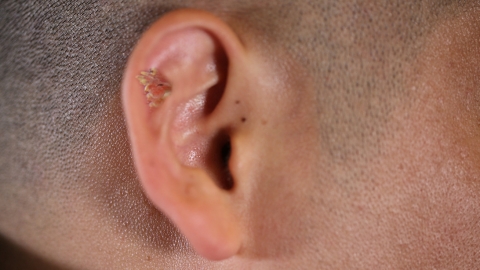How to remove filiform warts
Filiform warts are a skin condition caused by infection with human papillomavirus (HPV). There are various methods available for their removal, generally including laser therapy, cryotherapy, topical medication, electrocautery, and surgical excision. The choice of treatment depends on the specific condition of the wart. If any abnormalities occur, prompt medical consultation is recommended. Detailed analysis is as follows:

1. Laser therapy: Utilizes high-energy laser heat to vaporize the wart tissue. This method offers precise targeting, effectively removes warts with minimal damage to surrounding healthy skin, and allows for rapid postoperative recovery. It is suitable for filiform warts on exposed areas such as the face and neck.
2. Cryotherapy: Uses the low temperature of liquid nitrogen to cause necrosis and shedding of the wart tissue. It is simple to perform and relatively inexpensive, but larger or deeper warts may require multiple treatments. Blisters may develop post-treatment, so proper care is necessary to prevent infection.
3. Topical medication: Involves applying antiviral or caustic topical agents, such as imiquimod cream or fluorouracil ointment. Daily application gradually destroys the affected tissue and is suitable for cases with multiple warts or when physical treatments are not advisable.
4. Electrocautery: Utilizes heat generated by high-frequency electric current to burn off the warts. It allows rapid removal with immediate results, but requires a high level of technical skill to avoid damaging surrounding skin. The procedure must be performed by a professional, and the wound should be kept dry and clean after treatment.
5. Surgical excision: For large warts with thick roots or suspected malignancy, direct surgical removal may be performed. The excised tissue can undergo pathological examination to determine its nature. This method provides thorough treatment but leaves a wound requiring careful postoperative care at the suture site.
In daily life, it is important to maintain skin cleanliness, avoid sharing personal items such as towels with others, enhance immunity, and reduce the risk of recurrence. If warts recur after treatment or symptoms such as redness, swelling, or pain occur, prompt medical attention is advised.




